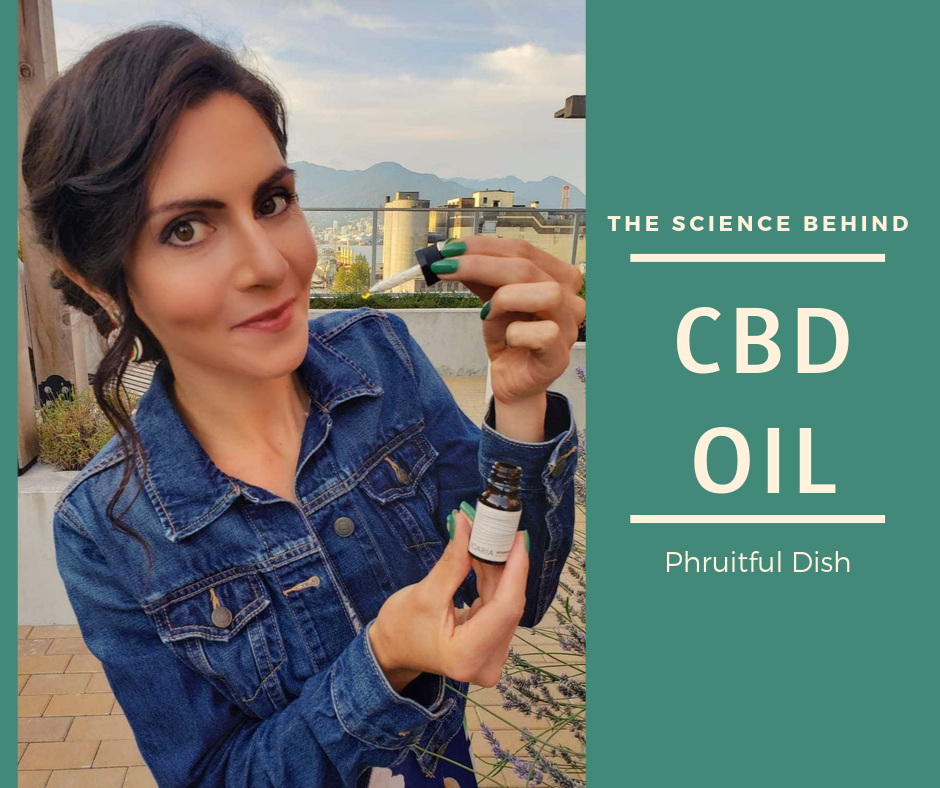Discover the latest research studies on CBD oil for decreasing inflammation and migraines.
Categories
Can CBD Oil Decrease Inflammation?


Discover the latest research studies on CBD oil for decreasing inflammation and migraines.